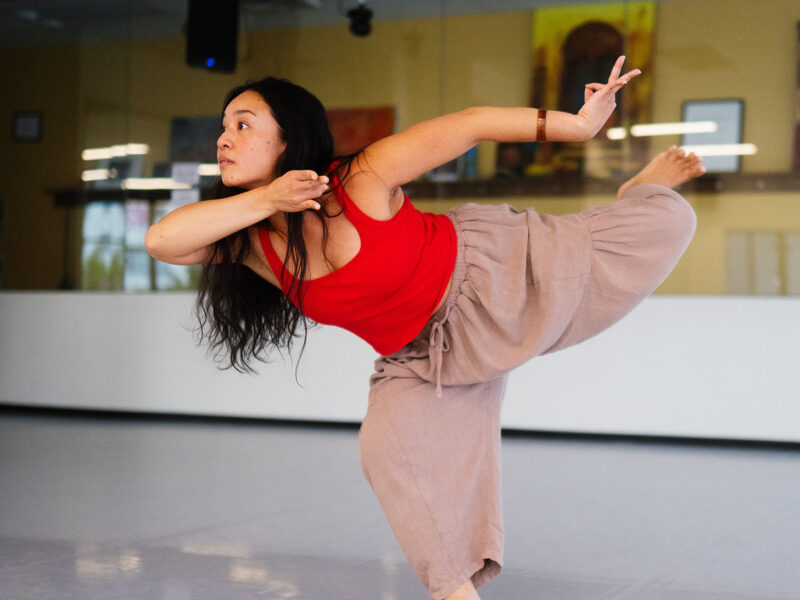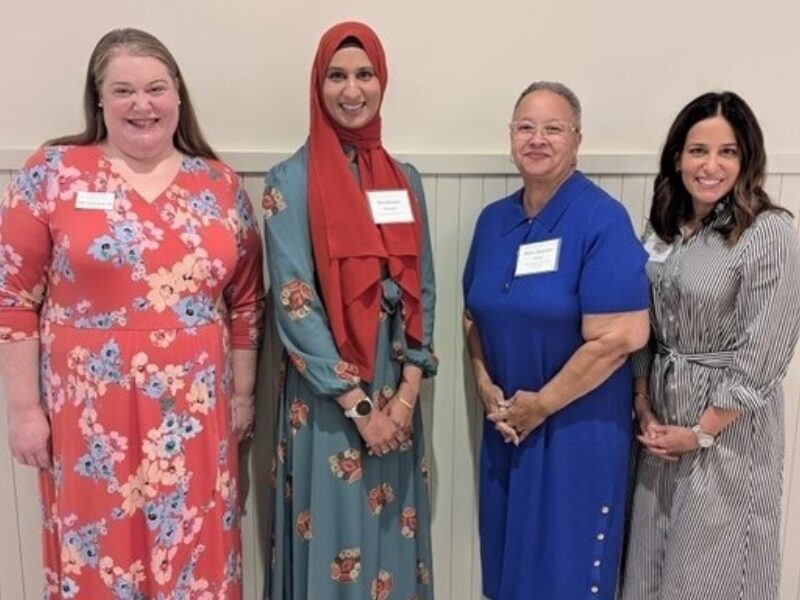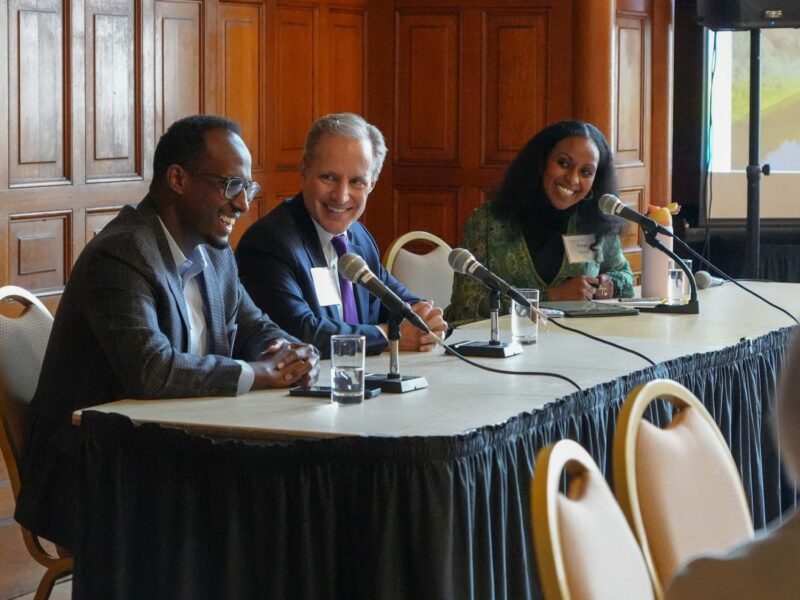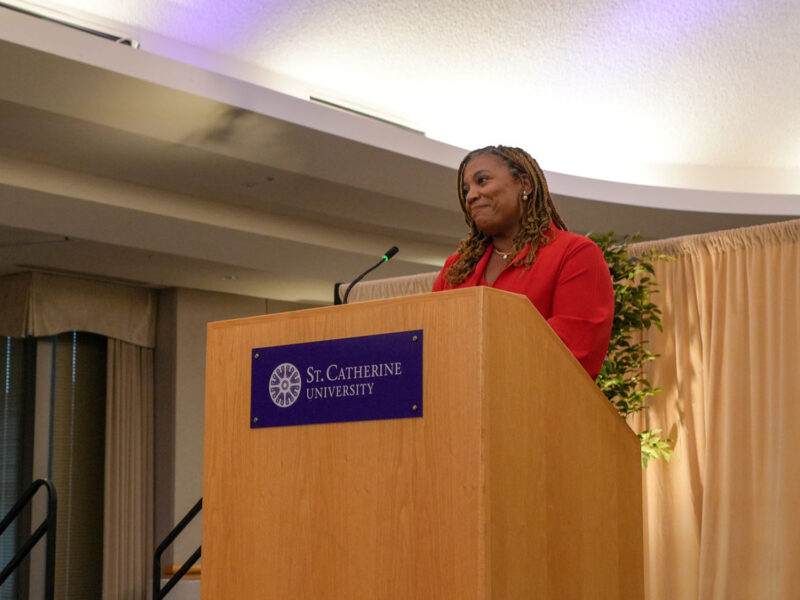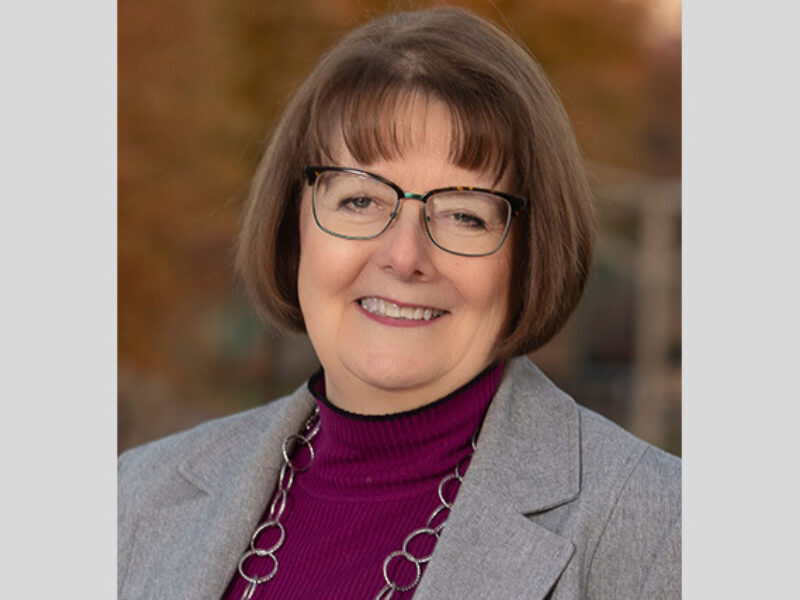Chief Investment Officer Shannon O’Leary participated in a global panel discussion on sustainable investment trends.
In this webinar discussion on sustainable investing, the Foundation’s Chief Investment Officer, Shannon O’Leary, discusses why a do-no-harm investment approach is not enough.
Through a discussion with other leaders, she shares how her team is working to ensure that the Foundation’s strategy is not only values-aligned, but also a powerful lever to make progress on the issues we care about, including racial equity.
The webinar was hosted by JO Hambro Capital Management in partnership with Regnan, a pioneer in responsible investing.
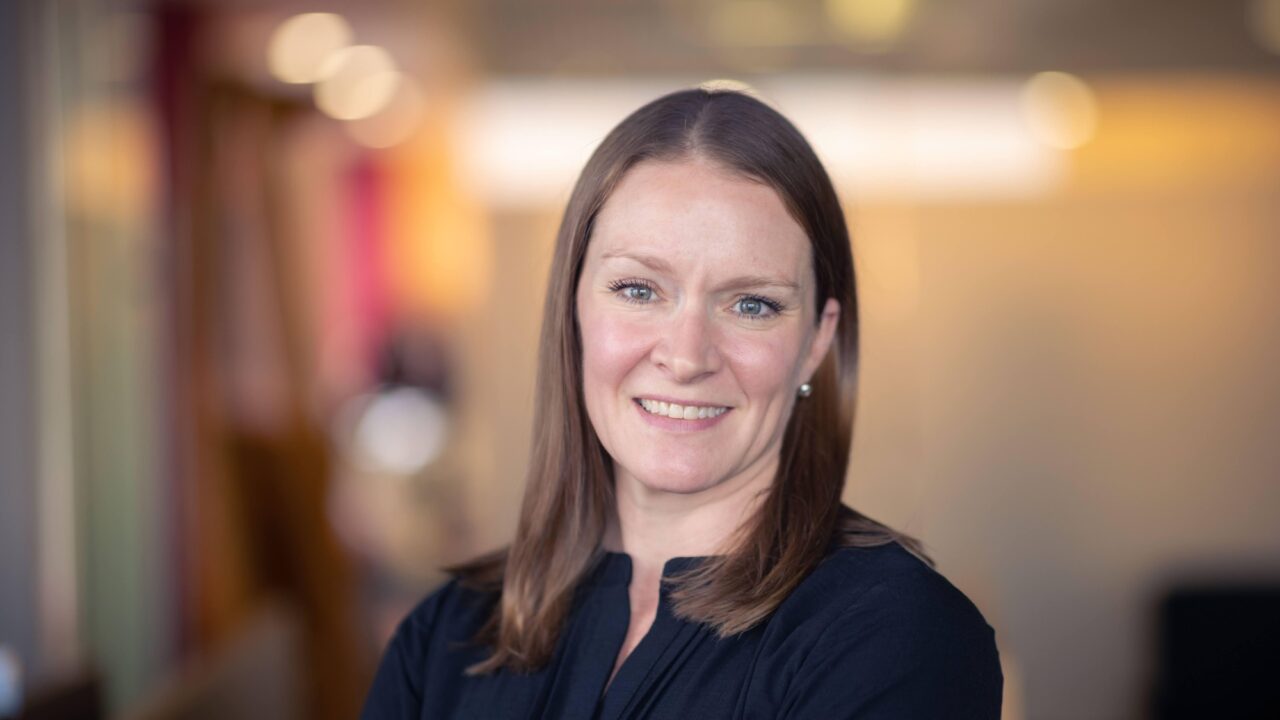
Read on for a lightly edited transcript of Shannon’s statements from the webinar:
03:16
I come to this panel as a large asset allocator, asset owner, and so that's the frame that I'm going to bring to this conversation. At the Foundation, we really start with the grantmaking work, and every grant is an investment in our community. So the questions that we have around the grantmaking work are really, what impact are those grant “investments” having? And that work naturally leads to questions about the Foundation's impact throughout the organization, including the investment portfolio.
The initial phases for us in responsible investing focused on what I would term “cleanup efforts” and level setting. For example, a lot of folks start with divesting from hydrocarbons, where possible, while obviously recognizing that divestment doesn't stop the production of that carbon and they will need to take extra steps later down the road. We also have been thinking carefully about what assets or investment structures that are in our portfolio could be actively contributing to social problems we're trying to solve with our grantmaking work. At a minimum, we do not want our investment assets to be canceling out the benefits of the work that we're doing in community with those grants.
The other piece of this level setting process was developing a measurement tool, which will help us at least identify where to focus our efforts in the next phase of the work. The second phase of this work has been focused on governance, fundamentally: so we’re incorporating sustainable investment policies into our investment policy statements and governance documents. As part of this process, we revised our strategic asset allocation.
We've also incorporated policies and procedures to ensure that sustainability and for us, crucially, diversity is a required component of all manager due diligence, both in onboarding new managers and ongoing diligence.
We're at this point now where we view the ESG improvement component as a critical generator of alpha for the Foundation's portfolios, and that's both in public and private assets. We're really leaning into managing ESG risk within the portfolio down to the holdings level. We're heavily invested in the diversity, equity and inclusion work at the manager level. We’ve found that more diverse investment decision making teams are an excellent predictor of top quartile returns. And we're moving toward more creative solutions using the corpus of our $1.8 billion of investment assets to achieve both financial and social impact objectives at scale.
15:55
The Foundation has a really strong focus on both racial and gender equity, so equity in all communities is a big part of the impact that we're working toward. To that end, the we are really looking at capital along an entire spectrum, from grant dollars to concessionary capital, to corpus investment assets. From program related investments, low rate loans to nonprofits, where we're acknowledging you may not get those dollars back, to mission-related investments where you're trying to have, say, place-based impact, to traditional investments. If we start to integrate across all of those spheres, that's where I think that the true power of the endowment model can really be felt.
It's really crucial that the corpus investment component of the work, which is where the bolus of the dollars sit, that allows us to have maximal impact in terms of a voice at a table, or a conversation with like-minded investors related to, say, an ExxonMobil Board of Directors slate. That's where I think that truly the deep impact and work has not really even scratched the surface.
25:12
I'd say one of the things that I'm pretty adamant about is that we do need to see change with our institutional consulting partners. In general, those folks have been relatively glacial in incorporating this type of topic. The consulting industry just as a whole has a real systemic bias against change, whether it's using early vintage funds, new and diverse investment teams, and obviously, this overall concept of adding alpha through sustainability is still relatively radical in their eyes.
I think part of the work that we're trying to do is inform and form that conversation with our consulting partners, because they're a really critical component in the decision-making that goes on for boards and committees. Particularly in the United States, the consulting world has huge influence over the big dollars, which are located in the pension funds. The pension funds are fundamentally the group that I think we need to crack to really blow this open and have true collective impact as asset owners and investors.
Our process has really necessitated some changes in the relationships with institutional consultants. We've added some non-traditional thought partners, and we've done an enormous amount of training of those thought partners so that they can be truly effective staff extension relationships.
30:13
Moderator Susheela Peres da Costa:
Shannon, what do you see as some of the field building opportunities for the vertical, if you like, through the investment management world and including all the providers into that world? What are the opportunities for collaboration there that would build the field and enable this stuff that we're talking about, this much more active approach to what you own and how you steward those assets?
Shannon:
I think it's really events like this, connecting like-minded individuals that come from different sleeves of the institutional investment world so that we can have a cross conversation, learn from each other, and then use these types of conversations to leverage other ones.
We have a very nice history in terms of capacity building in a number of different areas. It would be amazing if we could get a dedicated pool of friendly foundation type capital that is really focused on investing in improving investment infrastructure.
37:57
I would just echo that one of the things that's been really uniquely striking to me, because I spend a lot of time dealing with boards and with committees, it caught me by surprise just how all up in their feelings folks can be about sustainability and diversity and how that influences board and committee tendencies to resist change. For example, you may have an investment committee member who believes strongly that they've been appropriately stewarding these assets, the way that they learned how to do it over their many years on the committee, and that person can be really irritated by the suggestion that there's further to travel, particularly in areas of sustainability and diversity. And so, those folks do require directional changes, and communication and training, for example.
38:54
What's been great about the last few years is that we have explicit empirical data that demonstrates that asset managers like Chris Lees (JO Hambro), they over index to top quartile and top decile performance. I think that now that we have that data behind us, it is much easier to round up some of those folks that have deep precious feelings about the way they used to do things.
42:45
I alluded to this at the top, but we're really interested in using our investment dollars to advocate for change in favor of greater sustainability and diversity at our asset managers, and much more broadly.
We have tough conversations with our underlying investment managers all the time. They know what we expect of them, they know that we expect progress on a go forward basis, or we don't re-up with a private manager, or we will exit a public manager. We show up and talk in a manner that is pretty explicit in what we're looking to get out of our asset management portfolio; we want to vote with those dollars and we want to help other people vote with those dollars too.
Susheela Peres da Costa:
So, what does that look like in practice? I'm going to put you on the spot. Does it mean that the difficult questions you ask your asset managers is something that you publish for all your peers as well or is that competitive?
Shannon:
No. I mean, we’re very public about it. I made a video on the Foundation website talking about a complicated conversation that we had with an asset manager, who to their credit, sought us out and said, "Hey, we know this is really important to you. We're really struggling in this one area." Basically, they were losing all of the women in this certain period of promotions. We walked through how that process works, and it was pretty clear why women exit at that point in time. And we said to them, "We don't think that the problem is the women, we think that maybe the problem is you and this process." And they were really hemming and hawing, and said, "Well, maybe that won't be equitable to these other people that came in in this analyst class”, who are largely white, and male, and went to Ivy League schools in the United States. So we had some conversations about how they don't really have an equity issue there, and those were conversations that were well received and led to change.
That's really the deep work that we're trying to do. Can we do that with every asset manager? No, but we certainly are going to be much more interested in working with those that are coming to us to seek out that type of advice.
Susheela Peres da Costa:
Some of the things you're describing really is... in the terms of the theme that you were addressing there is sometimes characterized as, you can't be what you can't see, in terms of the gender diversity. Is that true also at the institutional level? Are your peers in foundations that are maybe not quite as far along on the journey... in fact, this is a leading question, I'm just going to answer it myself rather than pretend that I'm asking it to you. It's very helpful to be able to see your example, I imagine, for foundations, who are able to follow and don't need to find for themselves the courage and the confidence to have that conversation directly with asset managers.



